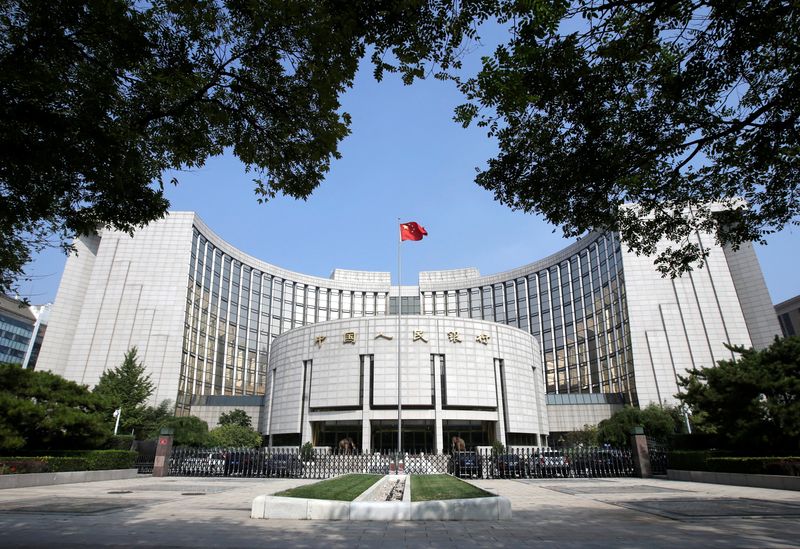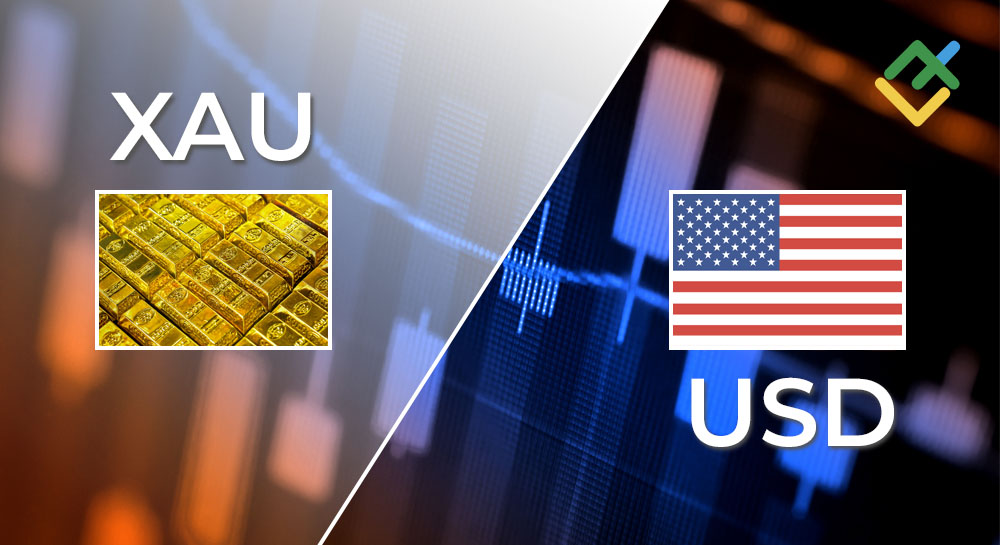
By Polina Devitt and Kevin Yao
LONDON/BEIJING (Reuters) – China still has plenty of appetite for official gold purchases despite pausing in May and June, as its bullion holdings remain low as a share of reserves and geopolitical tensions persist, according to a policy insider, industry experts and data.
Beijing’s gold buying, which helped the spot price rally in April and May, is no longer perceived to be immune to price sensitivity, but ongoing geopolitical risks are expected to keep its longer-term programme to diversify exposure from U.S. dollar-denominated assets active.
China’s gold reserves need to rise in absolute and relative terms because they do not match the status of the world’s second-largest economy and gold’s share of its reserves is the lowest of any major economy, said a Chinese policy insider involved in internal discussions who declined to be named due to the sensitivity of the matter.
“But we need to look at prices – it’s impossible for the central bank to maintain a constant amount of purchases each month,” the insider said, adding that geopolitical factors spurred by the Russia-Ukraine war and the Middle East conflict were among drivers of China’s gold demand in recent years.
Officials at the central bank, the People’s Bank of China (PBOC), have never publicly commented on what prompted a resumption in gold buying in November 2022 after a more-than three-year pause.
Eight months after Western sanctions froze $300 billion of Russia’s official reserves, about half of Moscow’s total, the PBOC started reporting gold purchases and kept doing so for 18 months, forming a pillar for global gold prices to hit record highs in 2024.
The PBOC was the world’s largest single buyer of gold in 2023, with its net purchases of 7.23 million ounces the most by China for at least 46 years, according to the World Gold Council.
But when it made no purchases in May and June this year, spot prices came under pressure, leaving the market guessing about China’s future appetite.
The policy insider attributed the pause in buying to “high prices”. The spot price, which regained ground after a dip in June, hit a record high during trading on Wednesday on improved U.S. rate cut hopes.
The PBOC and foreign exchange regulator State Administration of Foreign Exchange did not respond to Reuters’ requests for comment.
China has the world’s largest foreign currency reserves, at $3.22 trillion in June. But gold’s share of China’s overall reserves, which include its reserve position and special drawing rights (SDRs) at the International Monetary Fund, while at a record high of 4.9% is low compared to the global average of 16%.
Developing and emerging market countries typically have a much lower share of gold in reserves than advanced economies, which have smaller currency reserves.
“Given that base and very large scale of FX reserves we believe the PBOC will be buying gold at higher volumes for decades,” said Nitesh Shah, commodity strategist at WisdomTree.
Demand from investors in China is also set to stay strong, he said, amid a prolonged property crisis and as central bank purchases give confidence in gold as a store of value.
“The official sector buying is a free advertisement for gold in China,” said Shaokai Fan, global head of the central banks sector at the World Gold Council. “In the sense that if the central bank is buying gold, maybe I, as a retail investor, shall buy some too.”
RUSSIAN PRECEDENT AND SECRECY
Putting more reserves in gold is a matter of security because bullion can be stored onshore – safe from seizure.
Officially, Russia’s gold is 30% of its $597 billion reserves, but in terms of accessible assets the share is much bigger as half of Russia’s reserves were frozen by Western countries in reaction to Moscow’s invasion of Ukraine in 2022.
That precedent, in which Russia’s central bank kept access only to investments in yuan-denominated assets and gold, has served as a cautionary tale for China, which has an estimated 60% of its reserves in U.S. dollar-denominated assets, according to analysts.
“The main motivation of the PBOC is to be less dependent on the U.S. dollar and – in an extreme case – to be less susceptible to U.S. sanctions,” said Carsten Menke, analyst at Julius Baer.
He expects China’s desire to diversify reserves to persist as “the geopolitical tensions between China and the United States are unlikely to disappear anytime soon, independent of the outcome of the U.S. presidential elections.”
It took China nine years to raise the share of gold in its total reserves to 4.9% from 1.8% in 2015.
China holds 72.8 million ounces of gold worth about $170 billion. If it eventually lifted the share of gold in its reserves even to 10% at current reserve levels and prices, the purchases would total another $170 billion.

For comparison, Russia’s central bank stopped active buying of the precious metal in 2020 when gold reached 20% of its total reserves. Gold’s share has since grown due in part to its rising price.
The PBOC has sometimes reported past gold purchases well after they occurred, according to the World Gold Council, leading analysts to caution the latest statistics may not provide the full picture.
This post is originally published on INVESTING.



